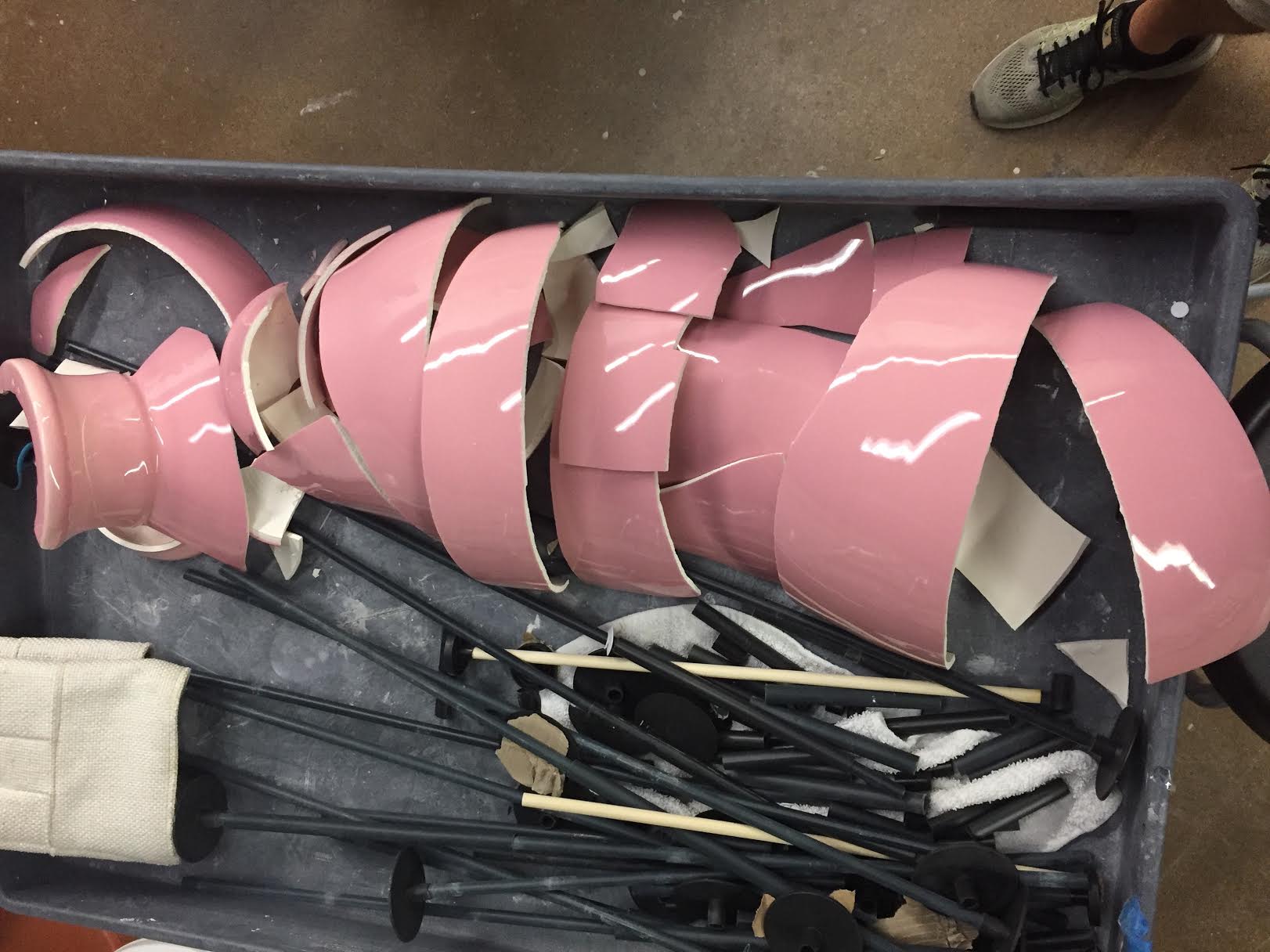A low temperature vase has exploded while just sitting there! Why?
This is a insight-live.com/glossary/15">slip-cast vase. The body is a typical 50:50 talc:ball clay blend. Only the outside of the vessel is glazed. The talc increases the thermal expansion so that during cooling in the kiln the body contracts more than the glaze, putting it under compression (and thereby preventing crazing). But, these bodies have no flux, they typically have 10%+ porosity and often are not strong enough to resist for long the tensive forces the glaze can put them under. This is especially so when walls are thin. Or when only the inside is glazed. Or when the inner glaze is under compression and the outer under tension. How could such a thing happen? When potters use glazes from one manufacturer and trust they fit bodies made by another (which is almost always).
Pages that reference this post in the Digitalfire Reference Library:

This post is one of thousands found in the Digitalfire Reference Database. Most are part of a timeline maintained by Tony Hansen. You can search that timeline on the home page of digitalfire.com.
